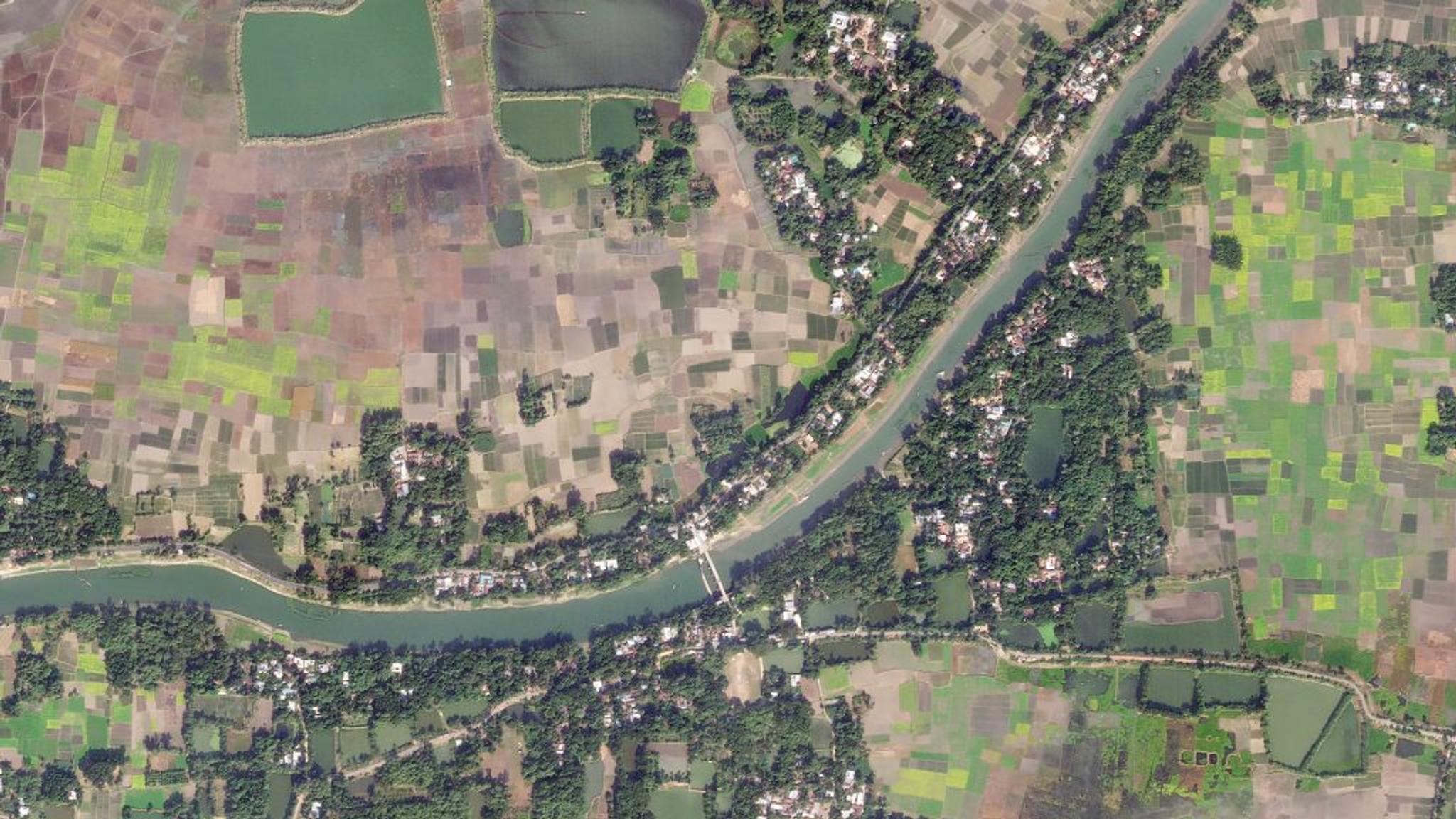Understanding The Unseen: Art Of The Possible Storytellers Illuminate Narratives From The Ground
The Art of the Possible storytelling challenge began with the end in our minds. That is, to bring impactful change into communities, one Earth image at a time. We received 38 research proposals across the Asia-Pacific and Japan region, each with a unique perspective and different sets of challenges from various industries, but all of them recognized how vital satellite technology is to their respective fields. To enable the storytellers to assess their chosen areas of interest comprehensively, Planet provided their research group with an institutional license as part of our Education and Research Program. The program equips changemakers with non-commercial access to high-resolution and high-frequency Planet imagery. From these visionary stories of community-based monitoring, citizen science, and environmental education, two really stood out and received the prestigious Art of the Possible awards in Earth Science Innovation and Earth Science Community. Earth Science Innovation Award: Crop Yield Prediction With High-Resolution Satellite Image and Deep Learning Model: A Case Study in Naldanga Subdistrict, Natore, BangladeshFood security is a global issue and even more so in populous countries. In fact, “Bangladesh relies heavily on agriculture for food production. Achieving food security is central to the realization of UN Sustainable Development Goal 2 (Zero Hunger), and self-sufficiency in food production is the Bangladesh government’s all-time goal,” says Dr. Sara Nowreen, Art of the Possible Awardee for Earth Science Innovation. Not only that, agriculture generates more than 40% of jobs in Bangladesh. With that in mind, Nowreen, together with urban planning and water management expert Rashed Uz Zzaman and computer engineer M Sohel Rahman, formed an i-modeling group to estimate the spatial distribution of crop yields and total production in Bangladesh. Their innovative approach explores the potential of satellite images to “accurately capture the distinct reflectance of different crops on a specific date.” Through the study, they mapped food production for the growing seasons of 2021/22 and 2022/23 and focused on the area of Naldanga because it “serves as a notable example of the diverse land use practices in Bangladesh.” The government’s crop production and yield data record is inadequate for a comprehensive analysis of the geographical distribution of crop yields. It would require extensive surveying of agricultural lands, which is time-consuming and labor-intensive. Planet’s data removed this roadblock, enabling them to precisely measure “vegetation indices to ground-based crop yield and apply a deep learning algorithm” to predict agricultural productivity in specific areas and provide insights on potential causes of crop failures or reduced yields. Their multidisciplinary approach integrated with near real-time satellite imageries can potentially provide practical insights for farmers to take proactive measures such as adjusting planting schedules or changing to resilient crop varieties to prevent losses and secure food production. Even with a temporal delay of just a single day, Planet users can easily request images captured on specific dates the following day for data consistency. Comparing Planet’s platform to other open-source data providers, Nowreen noted that “PlanetScope images are accompanied with a mask product known as UDM2 (usable data mask). This mask product serves the purpose of masking away any erroneous data that may be present in the images.” In addition to the masking capability, the supply of harmonized Sentinel-2 and PlanetScope imageries speeds up smarter decision-making in urgent situations. It is hard to believe that their research group only started using Planet’s data three months ago. Imagine what they can do with a year’s access to high-frequency and high-resolution images.

Planet SkySat image of agricultural fields in Naldanga, Natore District, Bangladesh taken December 12, 2022. © 2021 Planet Labs PBC. All Rights Reserved.

Ready to Get Started
Connect with a member of our Sales team. We'll help you find the right products and pricing for your needs


